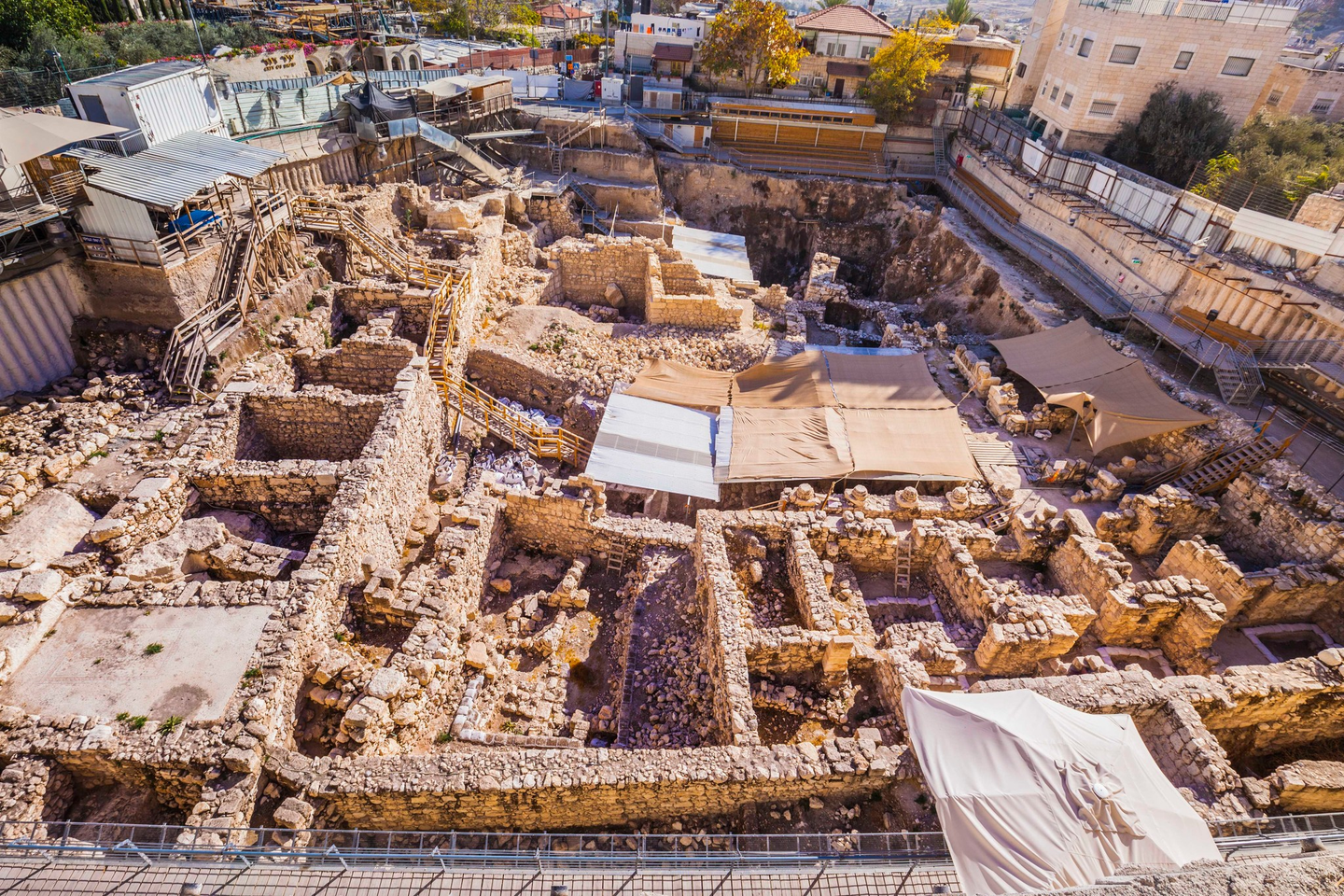2,800 year old “First Temple” structures discovered in Old Jerusalem
An ancient First Temple installation, the first of its kind ever discovered in Israel, was in use around 2,800 years ago.

[Aug. 31, 2023: Staff Writer, The Brighter Side of News]
An ancient channel installation, the first of its kind ever discovered in Israel, was in use around 2,800 years ago – during the First Temple period. (CREDIT: IAA)
In the heart of ancient Jerusalem, the hallowed grounds have whispered tales of its storied past to archaeologists and researchers. The newest chapter in this narration has recently come to light—two "unique" structures, the likes of which have never been seen before in Israel, as per the announcement by the Israel Antiquities Authority (IAA) on Wednesday.
Spanning back nearly three millennia, these rock-carved channels, both mystifying in their design and purpose, were reportedly in use around the time the city's First Temple is believed to have stood. Their geographical proximity to the site of this sacred temple and the royal palace during the reign of the ancient Judean kings prompts theories that these channels might have held economic significance to these paramount institutions.
The intrigue intensifies as we dive deeper into the archaeological work undertaken jointly by the IAA and Tel Aviv University at the City of David National Park. Nestled within this park is the City of David archaeological site, which many scholars affirm as the location of Jerusalem's original settlement.
And it's here, at a mere distance of just over 30 feet from each other, that the two installations have been unearthed, raising speculation that they might have been segments of a larger, cohesive structure.
Related Stories
"The mystery only grew deeper when we found the second installation to the south," says Yuval Gadot of Tel Aviv University's Archeology and Ancient Near Eastern Civilizations Department, capturing the sense of wonderment that the discoveries have instilled.
However, these discoveries have brought more questions than answers. "We looked at the installation and realized that we had stumbled on something unique," Yiftah Shalev, a senior researcher at the IAA, remarked. The uniqueness and unfamiliarity of the structures made even their dating a challenge.
Determined to understand the historical and functional aspects of the installations, the IAA embarked on an exhaustive investigative quest. Experts from various domains were called in to probe for unseen residues in the soil or rock.
Archaeologists excavating the channel installations found in Jerusalem. The ancient structures are the first of their kind ever discovered in Israel, according to the country's antiquity's authority. (CREDIT: IAA)
With the aim of detecting organic remains or blood traces that could shed light on the channels' purpose, they even enlisted the assistance of the police forensic unit and its international research counterparts. Yet, all efforts have thus far proven inconclusive.
Notwithstanding the differences in the craftsmanship of the two channels, the IAA maintains that they bear remarkable similarities. These structures have been dated to have fallen out of use by the end of the 9th century B.C., during the reigns of the biblical Judean kings Joash and Amaziah. "We assume that the two installations... were constructed several decades earlier," added Gadot.
Channel installations found in Jerusalem. The ancient structures are the first of their kind ever discovered in Israel, according to the country's antiquity's authority. (CREDIT: IAA)
The most pressing question, of course, remains: What purpose did these structures serve? Shalev posits a theory that the northern installation could've been used for soaking some form of product, not for draining liquids. He continued, "The production of linen, for example, requires soaking the flax for a long time to soften it."
Another tantalizing theory he puts forth is the possibility of the channels storing dates, which upon being heated by the sun, produced silan—a variety of date honey. This theory draws parallels with similar installations found in far-flung regions like Oman, Bahrain, and Iran.
Archaeologists excavating the channel installations found in Jerusalem. The ancient structures are the first of their kind ever discovered in Israel, according to the country's antiquity's authority. (CREDIT: IAA)
With the enigma of the installations' purpose still unsolved, the next steps, as Shalev states, involve acquiring more soil samples in hopes of finally unveiling clues about the indispensable product these channels once held.
In the echoing corridors of Jerusalem's past, these newly discovered installations add yet another layer of mystery. As researchers continue their diligent pursuit of answers, these findings underscore the inexhaustible wealth of stories that Jerusalem's ancient soils hold, awaiting the next discovery that will once again captivate our imagination and curiosity.
Note: Materials provided above by The Brighter Side of News. Content may be edited for style and length.
Like these kind of feel good stories? Get the Brighter Side of News' newsletter.



